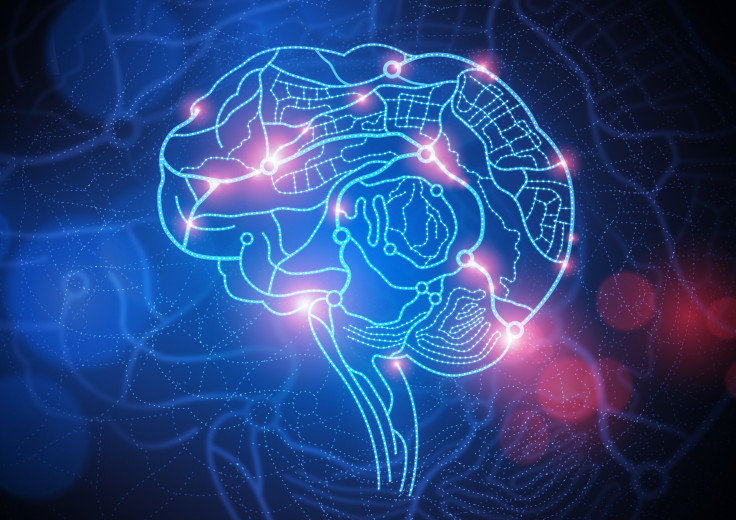Mind-Controlled Virtual Keyboard Helps Lou Gehrig's Disease, Paralysis Patients; Nearly As Good As One-Finger Typing

People with spinal cord injuries and neurological diseases often struggle to communicate with the outside world. While researchers have developed thought-controlled keypads to help bridge that gap, sampling errors — misread damaged brain signals — have limited prostheses' precision in translating people's thoughts. A team of engineers at Stanford University have recently designed a technique to more accurately read those damaged brain cell signals using a virtual keyboard that is more precise than its predecessor technology. The study, published in the journal Nature Communications, may lead to the fastest mind-controlled prostheses to date.
"Brain-controlled prostheses will lead to a substantial improvement in quality of life," the study’s lead author Krishna Shenoy, an electrical engineer at Stanford, said in a press release. "The speed and accuracy demonstrated in this prosthesis results from years of basic neuroscience research and from combining these scientific discoveries with the principled design of mathematical control algorithms."
The research team designed a mind-controlled cursor to operate a virtual keyboard intended for people with paralysis and amyotrophic lateral sclerosis (ALS), also known as Lou Gehrig’s disease. When a spinal cord injury or neurological disease like ALS severs the connection between the brain and limbs, basic motor skills necessary for communication become difficult or impossible for some.
The previous device worked by accessing a few hundred brain cells and estimating their motor commands, but because some of the cells are damaged, they fired too fast or too slow, ultimately reducing precision of virtual keyboard typing. Shenoy and her team addressed the errors by developing a new technique to make dozens of corrective adjustments within milliseconds. A person with paralysis or ALS will be able to control a cursor with their brain cells to choose a key on the keyboard with the accuracy of a person typing with one finger.
One out of every 50 people is living with paralysis, making up approximately six million people in the United States. Most spinal cord injuries or causes of paralysis are due to stroke or motor vehicle accidents, according to the Reeve Foundation’s Paralysis Resource Center.
Every day, approximately 15 Americans are newly diagnosed with ALS, according to the ALS Association. Because the average life expectancy for a person with ALS is two to five years after diagnosis, there are roughly 30,000 people within the United States living with some stage of the disease.
Millions of people could benefit from a device that lends itself to more proficient communication with others. In recent years, inventing mind-controlled prostheses has been an ambitious goal of researchers who have been able to restore motor function with a varying degree of success. Current devices are able to trigger certain regions of the brain, including severed connections, and communicate their messages to virtual keyboards.
However, the available technology demands meticulous patience from its users, slowing the communication process to a crawling speed. The research team studied how up to 200 monkey brain cells functioned when their arms, hands, and fingers reached for a certain object. After the team understood how the monkeys’ brain dynamics worked, they created a mathematical algorithm to measure the brain cells’ electronic signals.
They tested their new mind-controlled cursor on two monkeys, who were able to accurately make 26 thought taps in 30 seconds. The mind-controlled cursor was about 90 percent as fast and precise as a monkey tapping targets with one finger thanks to the corrective algorithm. The results from the animal study were so successful, the Food and Drug Administration approved Shenoy’s team to move forward and test their new approach on people with spinal cord injuries.
"This is a fundamentally new approach that can be further refined and optimized to give brain-controlled prostheses greater performance, and therefore greater clinical viability," Shenoy said.
Source: Shenoy KV, Kao JC, Nuyujukian P, Ryu SI, Churchland MM, and Cunningham JP. Single-trial dynamics of motor cortex and their applications to brain-machine interfaces. Nature Communications. 2015.



























